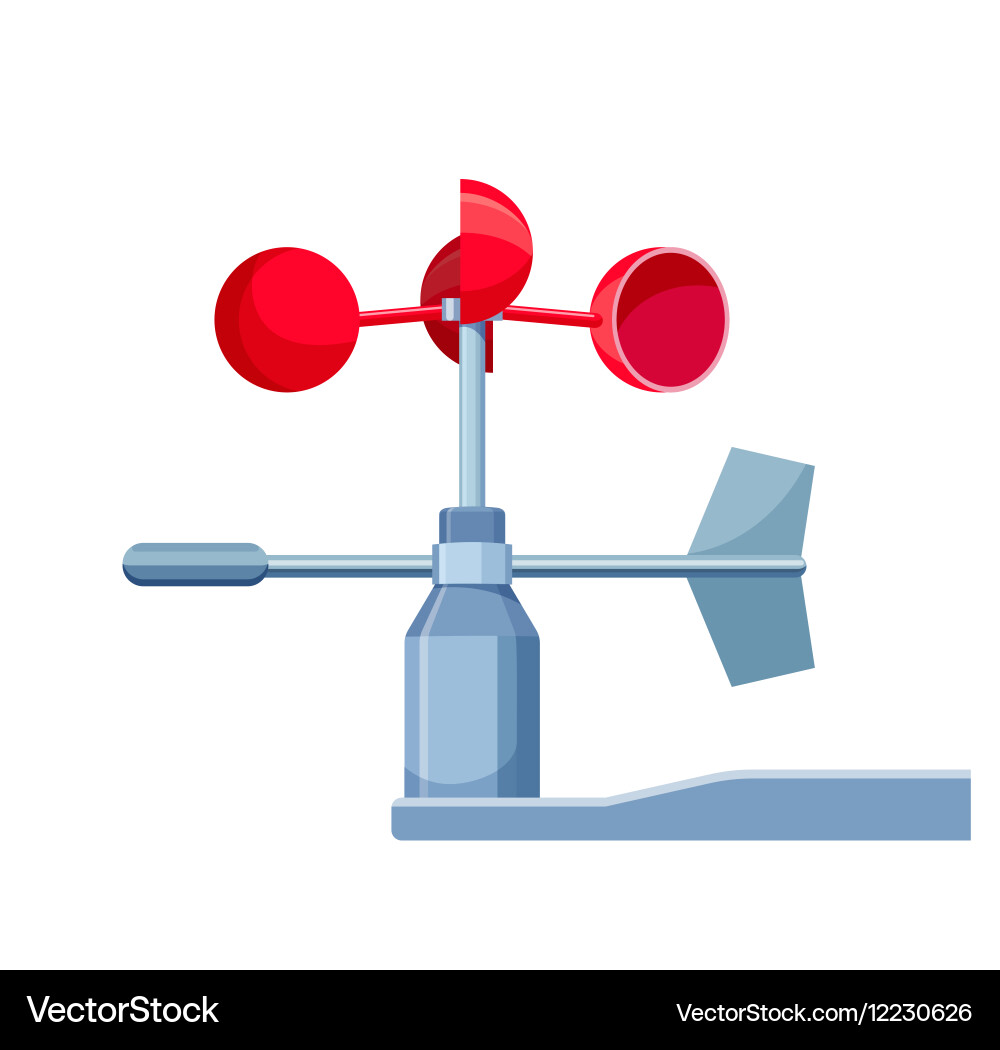Checking Out the Features and Advantages of Anemometers for Climate Enthusiasts and Professionals
Anemometers stand as instrumental devices in the world of weather monitoring, satisfying both enthusiasts and seasoned professionals alike. These gadgets supply a window right into the vibrant globe of wind patterns and speeds, giving vital information for atmospheric analysis and projecting. From mug anemometers to sonic anemometers, each kind brings its one-of-a-kind set of applications and benefits, clarifying different aspects of weather. As we look into the features and advantages of anemometers, a deeper understanding arises not just of dominating weather condition phenomena yet additionally of the wider implications for sectors like wind energy manufacturing and environmental research study.
Value of Anemometers in Climate Surveillance
Anemometers play a critical role in climate surveillance by providing exact measurements of wind speed, helping in projecting and understanding weather patterns. These instruments, varying from standard cup anemometers to modern-day ultrasonic anemometers, are essential for meteorologists, scientists, and climate enthusiasts alike. By gauging wind rate, anemometers help in establishing the intensity of weather sensations such as hurricanes, twisters, and tornados. In addition, they supply beneficial data for aviation, maritime procedures, and numerous sectors that are delicate to wind problems.

Kinds of Anemometers and Their Applications
The most usual types of anemometers consist of mug anemometers, vane anemometers, hot-wire anemometers, and ultrasonic anemometers. Mug anemometers are composed of three or 4 cups placed on straight arms that revolve with the wind, determining its speed. Vane anemometers, on the other hand, utilize a freely rotating vane to align with the wind direction, giving both wind speed and direction dimensions.
Cup anemometers are ideal and robust for general weather condition tracking, while vane anemometers are preferred for directional dimensions. Ultrasonic anemometers are non-intrusive and offer high precision, frequently utilized in study and specialized climate monitoring applications.
Advantages of Using Anemometers in Forecasting
In meteorology, the utilization of anemometers offers invaluable advantages for boosting the precision of climate projecting. Anemometers gauge wind rate and instructions, offering important data for predicting weather patterns. By including wind information into forecasting versions, meteorologists can much better comprehend the movement of weather systems, prepare for adjustments in atmospheric conditions, and issue extra exact forecasts.
Furthermore, anemometers play a vital duty in analyzing possible climate risks. Keeping track of wind rates assists forecasters anticipate severe climate occasions such as typhoons, hurricanes, and winter months storms with better accuracy. This very early caution system allows authorities to issue prompt alerts and carry out required precaution, decreasing the risks to life and residential property.
Furthermore, anemometers assist in maximizing sustainable power manufacturing. By analyzing wind patterns, meteorologists can identify ideal locations for wind farms and anticipate click here for info energy output, adding to the Resources efficient generation of wind power.

Anemometers in Wind Power Manufacturing
Given the vital role anemometers play in supplying precise wind information for weather condition projecting and danger evaluation, their importance prolongs to the world of wind power production. Anemometers are important instruments in the area of wind power, where the measurement of wind rate and direction is essential for figuring out the usefulness and efficiency of wind generator setups. By properly measuring wind rates at differing elevations, anemometers assist optimize the positioning and layout of wind turbines to maximize energy result.
In wind farms, anemometers are purposefully positioned to collect real-time wind data that is used to assess the prospective energy manufacturing of a site. This data is critical in determining the economic feasibility of wind energy tasks and in projecting energy generation to make sure grid stability. Furthermore, anemometers aid in monitoring wind problems to optimize wind turbine performance, stop damages from high winds, and make certain the security of personnel operating in the area of wind turbines.
Enhancing Weather Understanding With Anemometers

Anemometers play a vital duty in enhancing our understanding of microclimates. These local climate condition can vary considerably from broader local projections, making it vital to have accurate data for details locations. anemometer. By strategically positioning anemometers in different areas, researchers can gather thorough info on just how wind acts in various terrains, city environments, or bodies of water
Moreover, anemometers contribute to improving weather condition projecting designs by giving real-time data on wind habits. This details is specifically valuable for forecasting extreme weather events, maximizing agricultural practices, and supporting industries like aviation and find maritime navigating. In general, anemometers are indispensable instruments that enable us to delve deeper into the intricacies of climate systems, inevitably leading to more better-informed choices and exact forecasts.
Verdict
In conclusion, anemometers play an important role in weather condition surveillance and projecting by gauging wind speed and instructions. They are necessary tools utilized by climate lovers and experts to collect exact data for anticipating climate patterns and evaluating possible impacts. Anemometers additionally have applications in wind power manufacturing, more highlighting their significance in both weather forecasting and sustainable power sectors. In general, anemometers contribute to boosting our understanding of weather phenomena and improving projecting capacities. anemometer.
From cup anemometers to sonic anemometers, each type brings its one-of-a-kind collection of applications and advantages, losing light on various elements of atmospheric conditions. These instruments, ranging from conventional cup anemometers to modern ultrasonic anemometers, are necessary for meteorologists, researchers, and climate lovers alike. The most usual types of anemometers include mug anemometers, vane anemometers, hot-wire anemometers, and ultrasonic anemometers. Cup anemometers are suitable and robust for general climate monitoring, while vane anemometers are favored for directional measurements. Anemometers are vital instruments in the field of wind energy, where the measurement of wind speed and instructions is important for figuring out the feasibility and efficiency of wind generator installments.